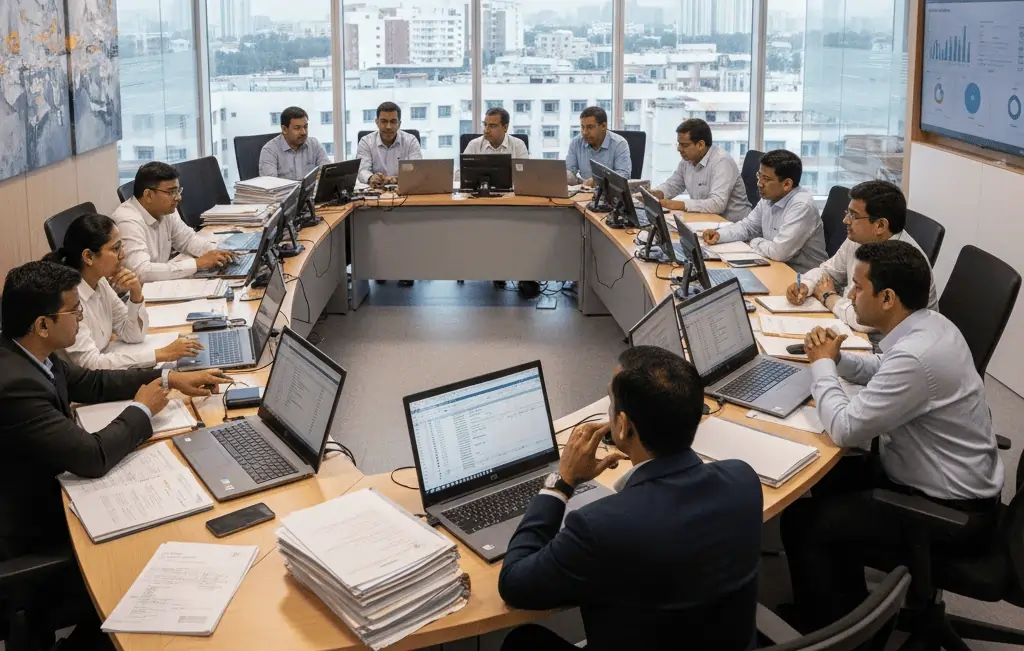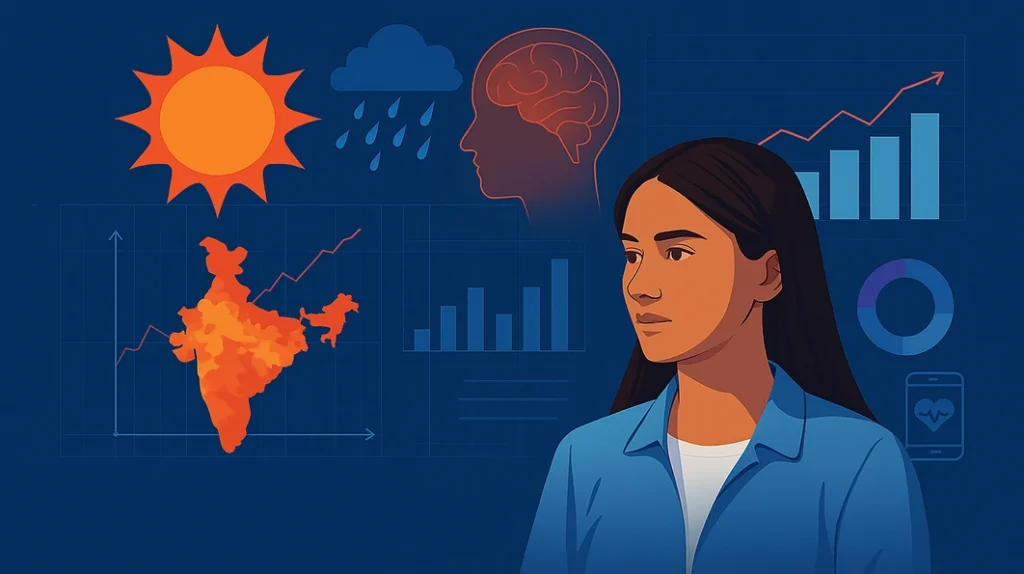New Delhi / Global : Hospitals are financial ecosystems. This guide explains how revenue cycle management works, why it matters, and how MHA students can build expertise in healthcare finance.

Behind every hospital’s emergency room, operating theater, and patient ward lies an intricate financial system that keeps everything running. Hospitals may be nonprofit or for-profit, but every one of them must generate consistent revenue to sustain operations, pay staff, purchase equipment, and expand services. The process that ensures this financial flow is called Revenue Cycle Management (RCM) – a core subject for every healthcare administrator and a skill that defines success in hospital management today.
For Master of Hospital Administration (MHA) students, understanding RCM is essential. It bridges medical services with financial outcomes, turning healthcare delivery into a sustainable enterprise. Let’s break down how hospitals actually make money – and why it’s not as simple as patient billing.
What Is Revenue Cycle Management?
Revenue Cycle Management (RCM) refers to the entire process of tracking a patient’s financial journey – from appointment scheduling and registration to billing and final payment. It ensures that hospitals receive the correct reimbursement for the services they provide.
Think of it like this : every time a patient visits a hospital, data is generated – personal details, diagnosis, procedures, medicines, insurance claims, and payments. The RCM system organizes and tracks all this information to make sure no revenue is lost due to errors, delays, or miscommunication.
How Hospitals Actually Generate Revenue
Hospitals earn income from several key streams. The most visible is patient services – consultations, surgeries, diagnostic tests, and room charges. But beyond that, there are insurance reimbursements, government health schemes, and corporate partnerships.
In India, programs like Ayushman Bharat-Pradhan Mantri Jan Arogya Yojana (AB-PMJAY) allow hospitals to claim payments directly from the government for eligible patients. Private hospitals also tie up with insurance providers and third-party administrators (TPAs) to streamline cashless treatments.
Additionally, hospitals generate revenue through:
- Pharmacy sales and diagnostics
- Specialty clinics and preventive health packages
- Medical tourism and international patient programs
- Research collaborations and training programs
An effective RCM strategy ensures that each of these sources is optimized – without compromising patient experience or ethics.
The Revenue Cycle Process : Step by Step
The hospital revenue cycle is like a relay race involving multiple departments – from front-desk registration to the finance team. Here’s how it typically works :
Pre-registration and Scheduling
The cycle begins when a patient books an appointment. Administrative staff verify insurance details and eligibility before the visit to prevent claim rejections later.
Patient Registration and Service Delivery
Once the patient arrives, demographic and clinical details are recorded. Accuracy at this stage is critical; a single data error can delay claims or cause payment denials.
Medical Coding and Charge Capture
Each service provided is translated into standardized medical codes (ICD-10, CPT, etc.). Coding specialists ensure that all billable services are documented correctly to avoid underbilling.
Billing and Claims Submission
The hospital then generates claims and submits them electronically to insurance companies or government portals. Clean claim submission – meaning no missing or incorrect data – speeds up payments.
Payment Posting and Denial Management
Payments received are matched against invoices. If claims are denied, the RCM team investigates the reason – whether due to coding errors, missing documents, or policy issues – and resubmits after corrections.
Reporting and Analysis
At the end of the cycle, finance teams analyze revenue reports, identify bottlenecks, and implement improvements. Many hospitals now use analytics dashboards for real-time performance tracking.
Challenges in Hospital Revenue Management
Despite automation, RCM is still one of the toughest parts of hospital operations. Common challenges include delayed payments, incorrect coding, rejected insurance claims, and patient billing disputes.
Another rising issue is the growing share of self-paying patients – those not covered by insurance. Managing out-of-pocket billing requires transparency and communication to maintain trust. Additionally, hospitals must comply with government pricing regulations and audits, which can sometimes slow cash flow.
Digital transformation is helping overcome these barriers. AI-powered billing systems, claim automation, and predictive analytics are now reducing revenue leakages and improving accuracy. For MHA students, understanding these tools is becoming as important as knowing financial theory.
Why Revenue Cycle Management Matters for MHA Students
RCM is not just about accounting – it’s about leadership and systems thinking. As future hospital administrators, MHA students need to understand how clinical operations, patient satisfaction, and financial performance are interconnected.
Hospitals rely on administrators who can analyze data, identify inefficiencies, and design policies that reduce losses. A strong understanding of RCM allows leaders to make informed decisions about pricing, resource allocation, and digital transformation.
In a job interview, being able to explain revenue cycle processes – from pre-authorization to payment posting – demonstrates real-world readiness.
The Future of Hospital Finance
The next phase of hospital finance will be digital, data-driven, and patient-centered. Hospitals are moving toward value-based care models, where payments depend on patient outcomes rather than just the number of services provided.
AI and blockchain are being explored to make billing faster and tamper-proof. Patient portals and mobile apps are making billing transparent, while predictive analytics help hospitals forecast demand and revenue.
For MHA students, staying updated with these trends means staying employable in a competitive healthcare economy.
Conclusion
Hospitals make money not by exploiting illness, but by managing systems that sustain care. Revenue Cycle Management ensures that healthcare remains efficient, ethical, and financially stable. For MHA students, understanding RCM means understanding the business behind healing – a skill that will define the administrators of tomorrow.
At Ramyanti Institute of Health Sciences (RIHS), our MHA program equips students with both the financial acumen and the empathy to build sustainable healthcare systems that serve people first.


